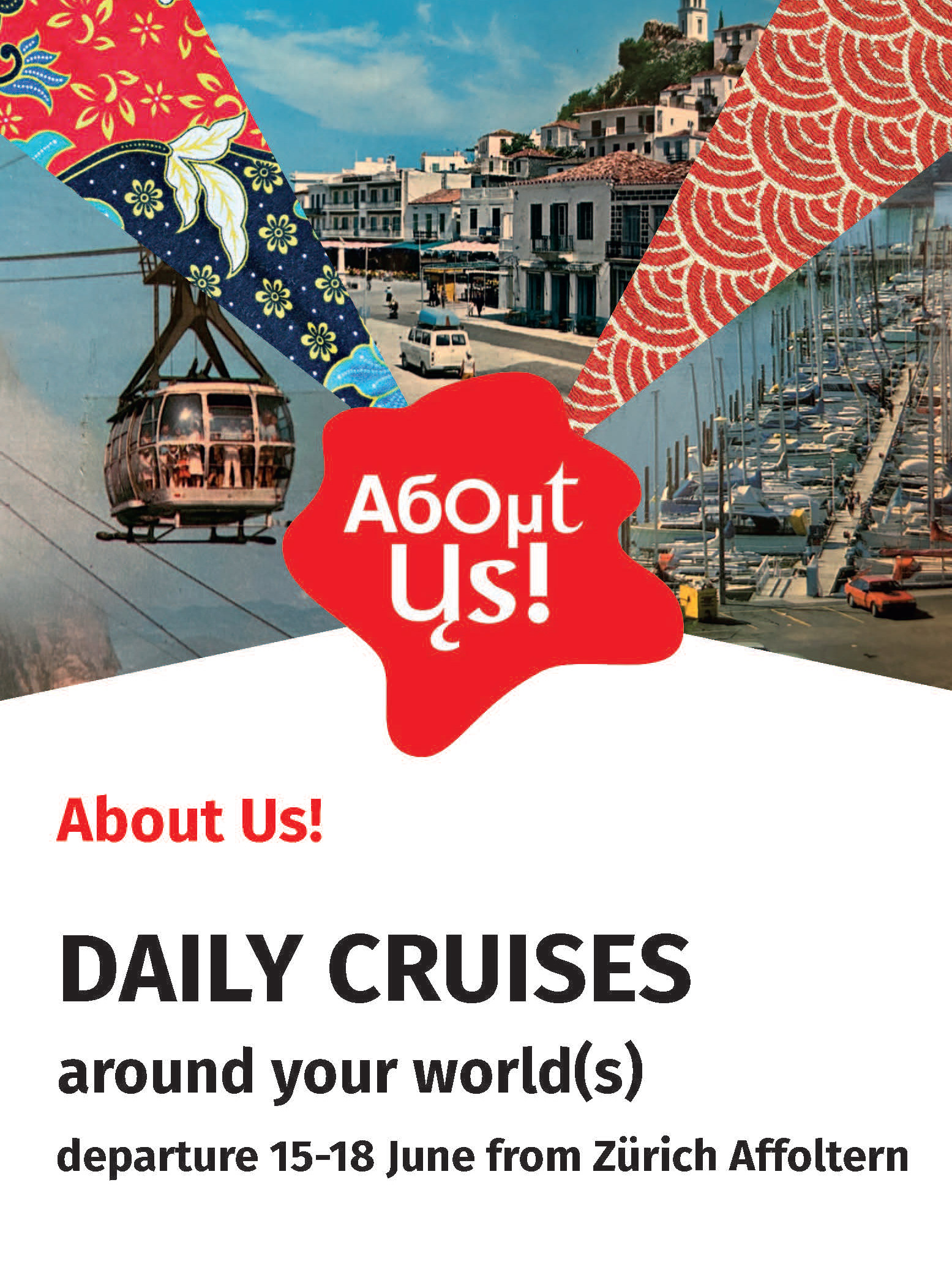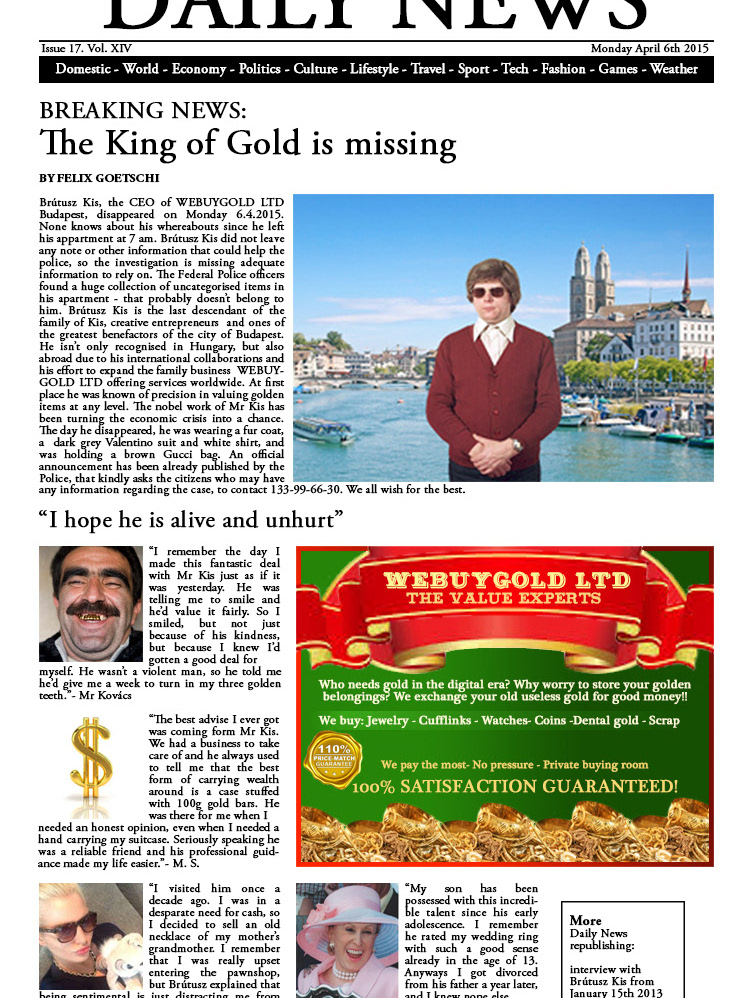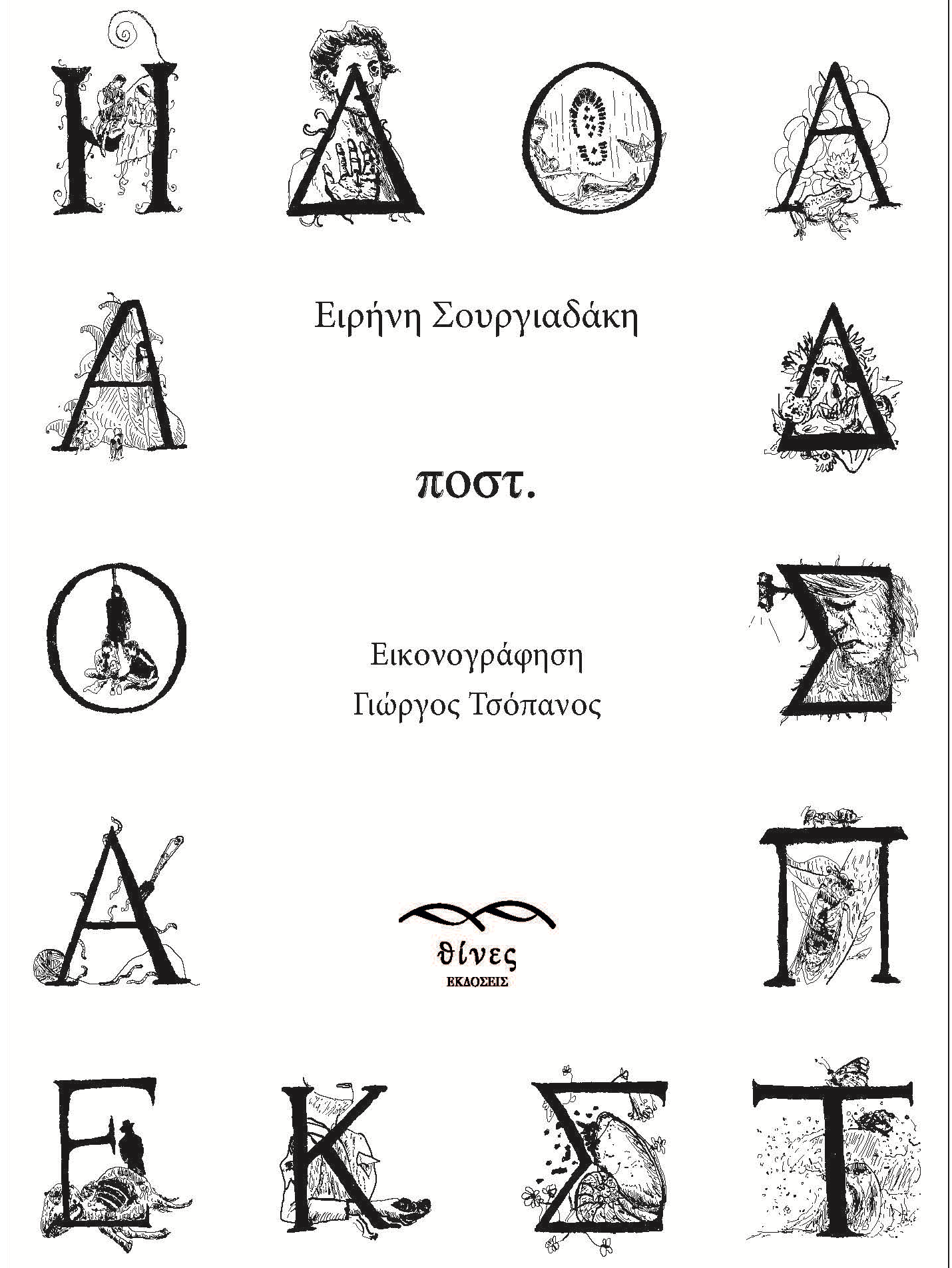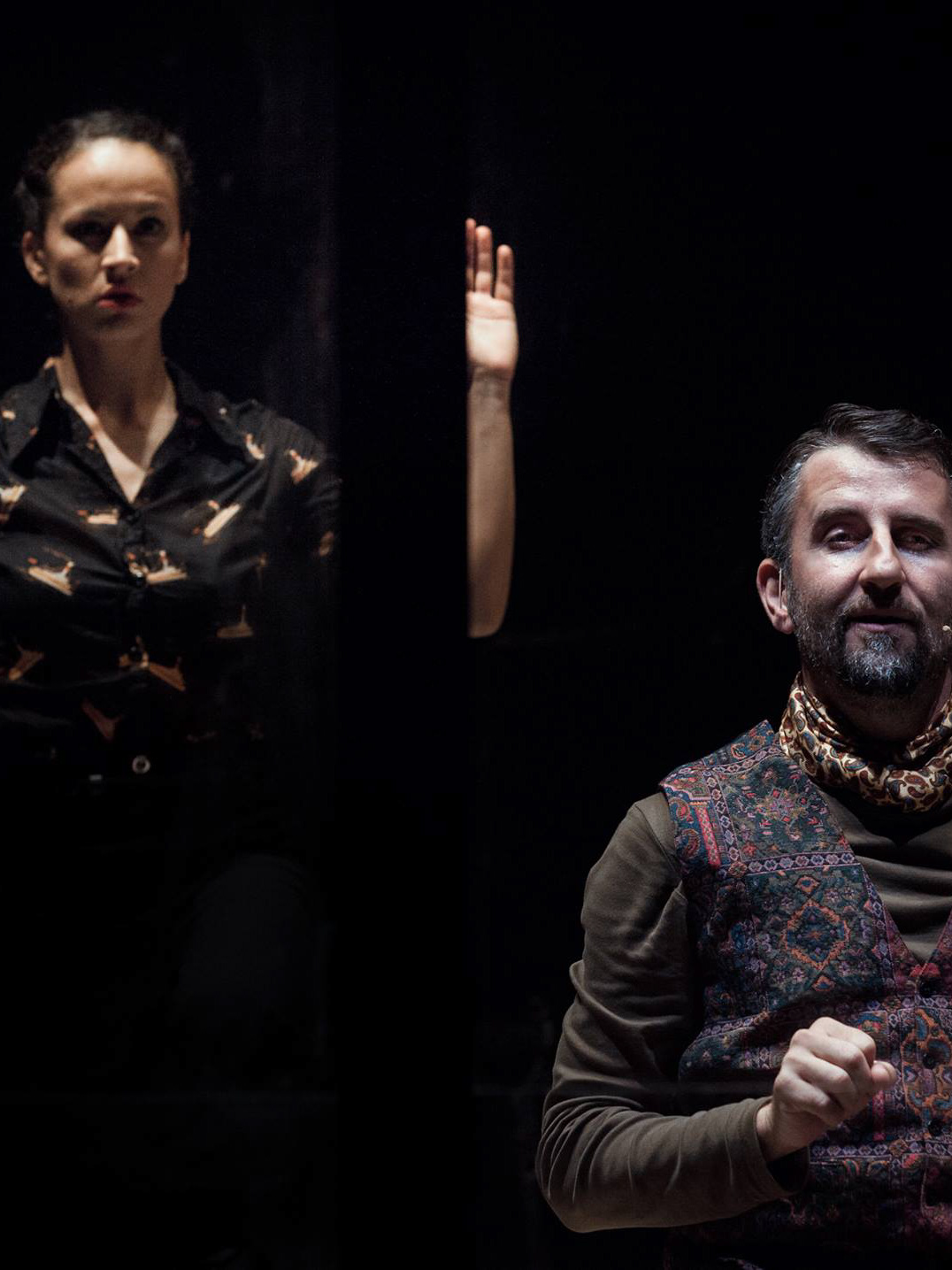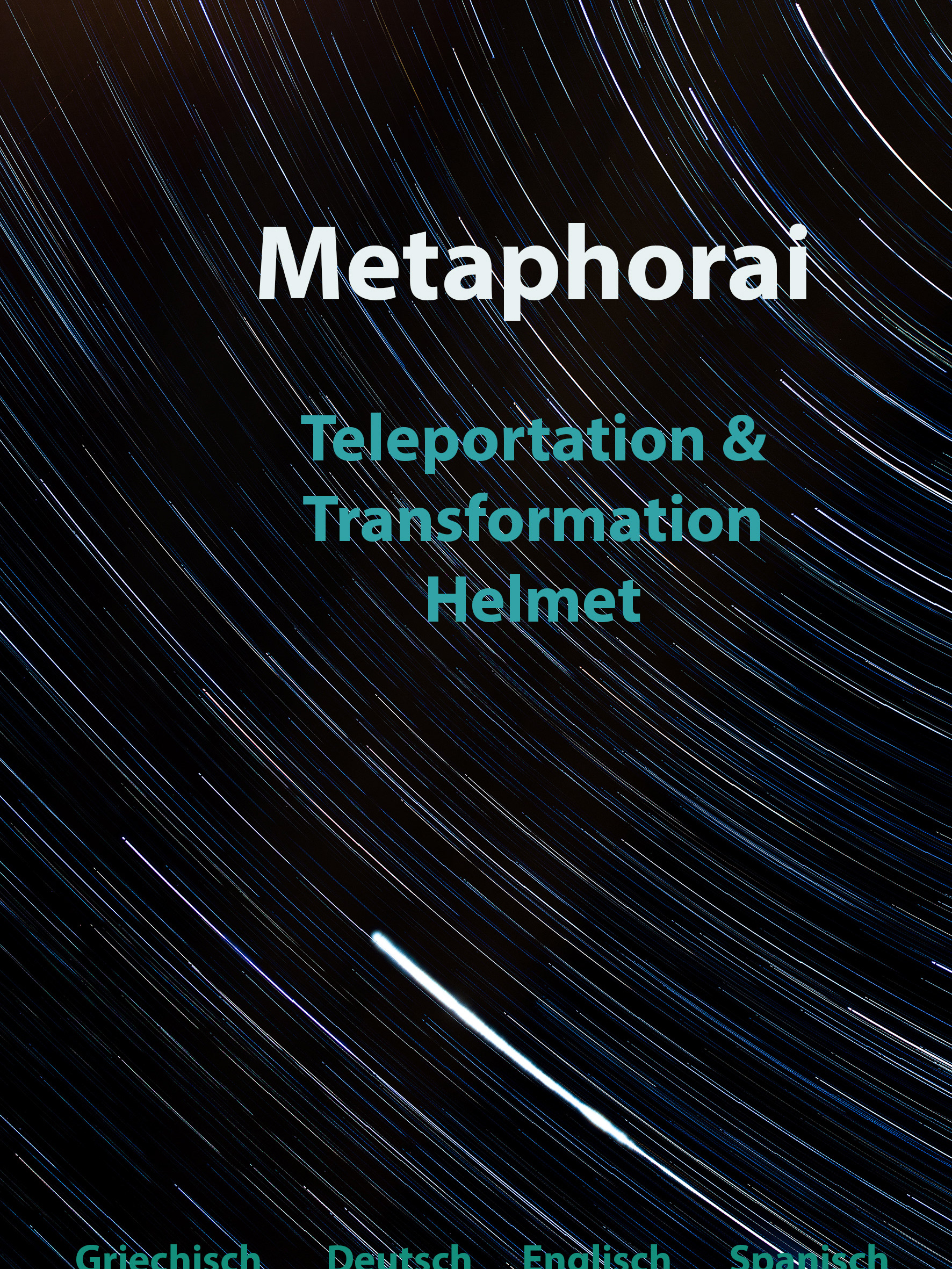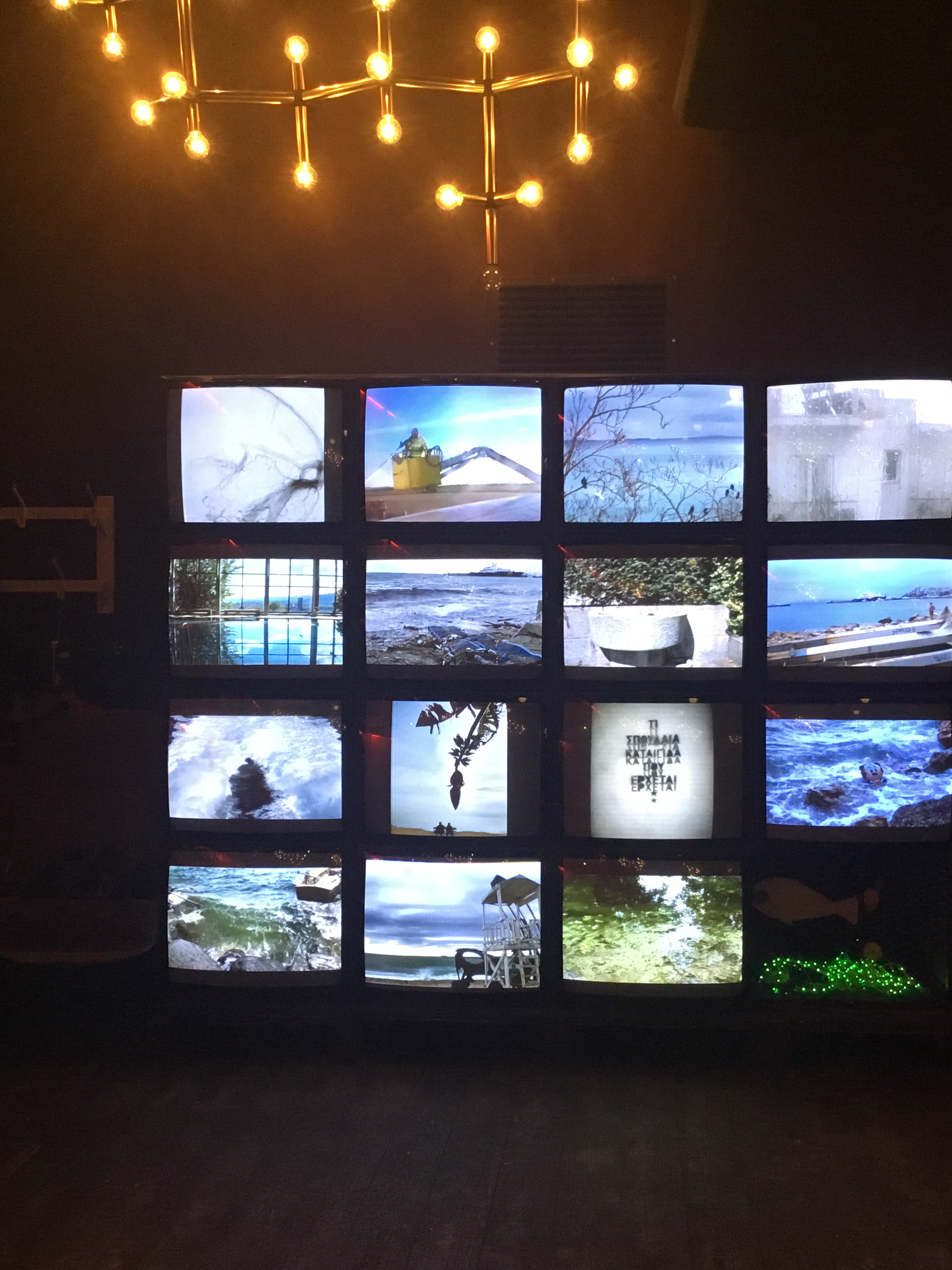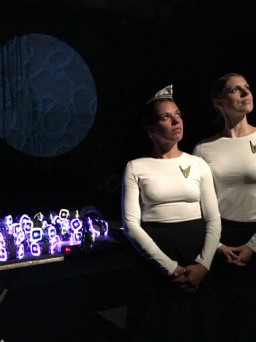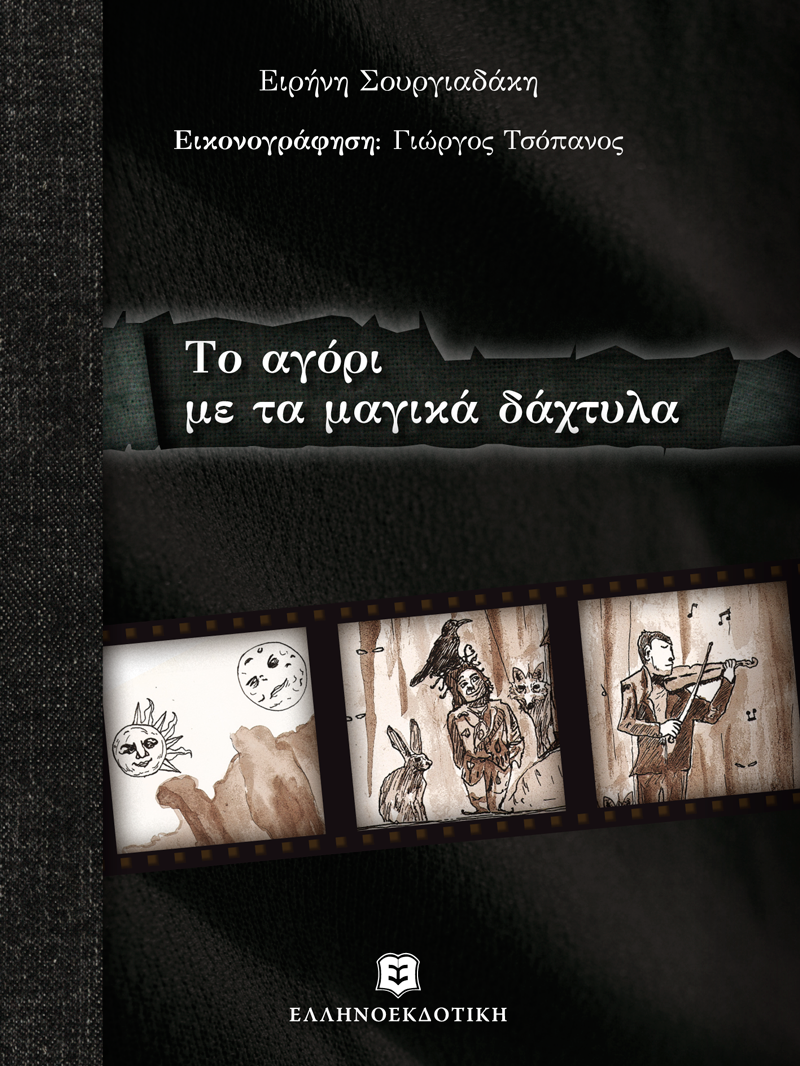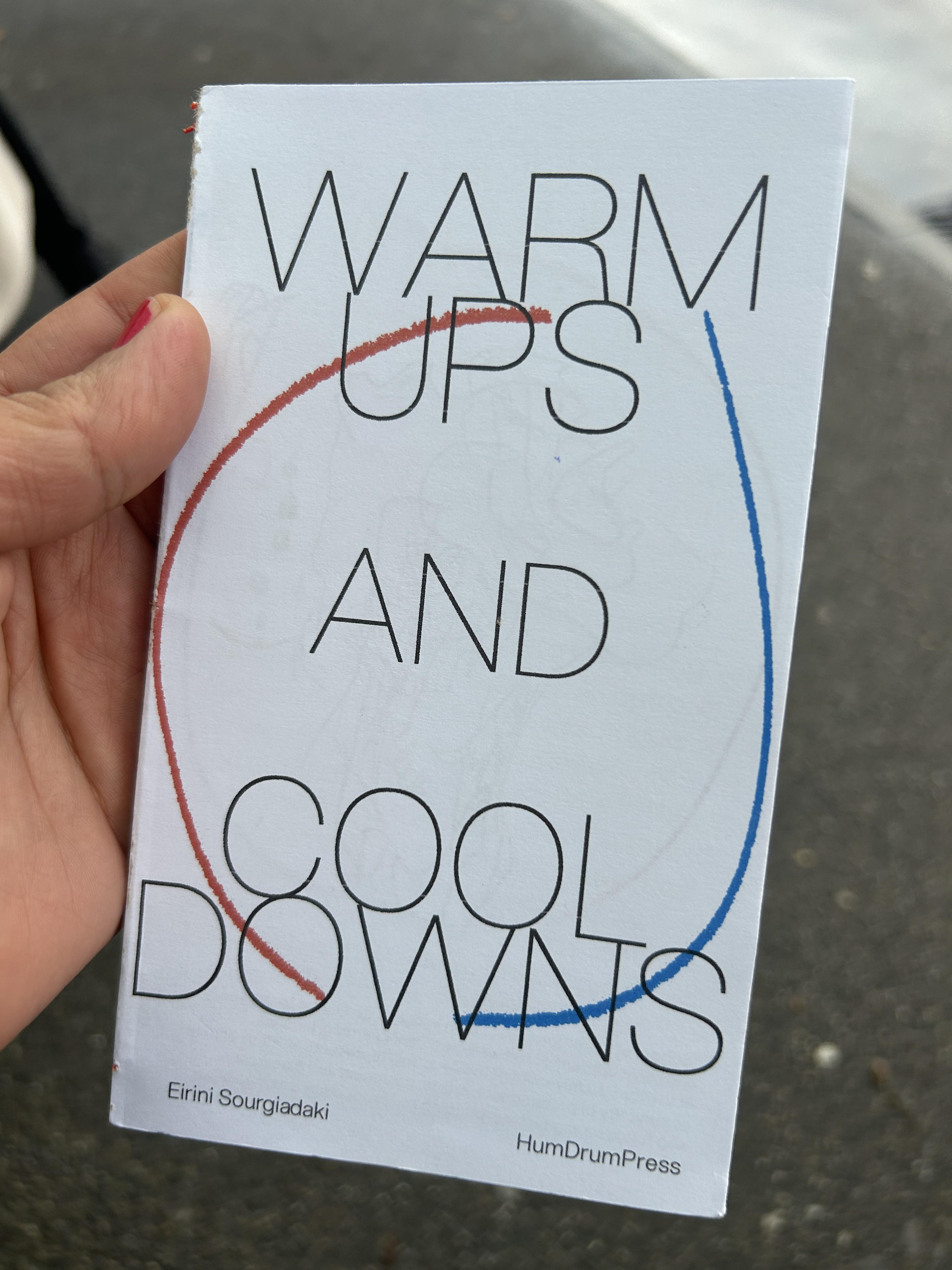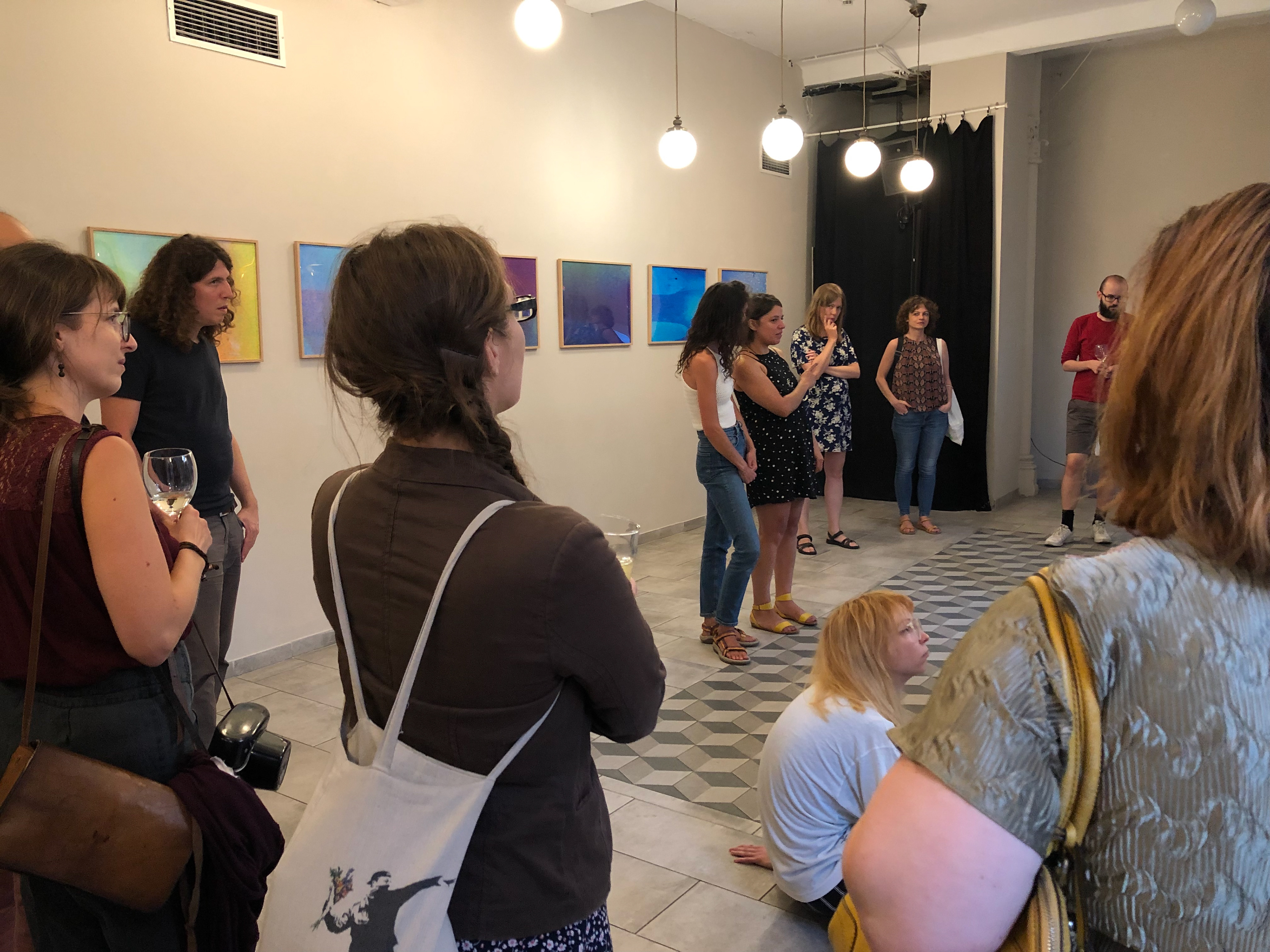
©Anna Rubi
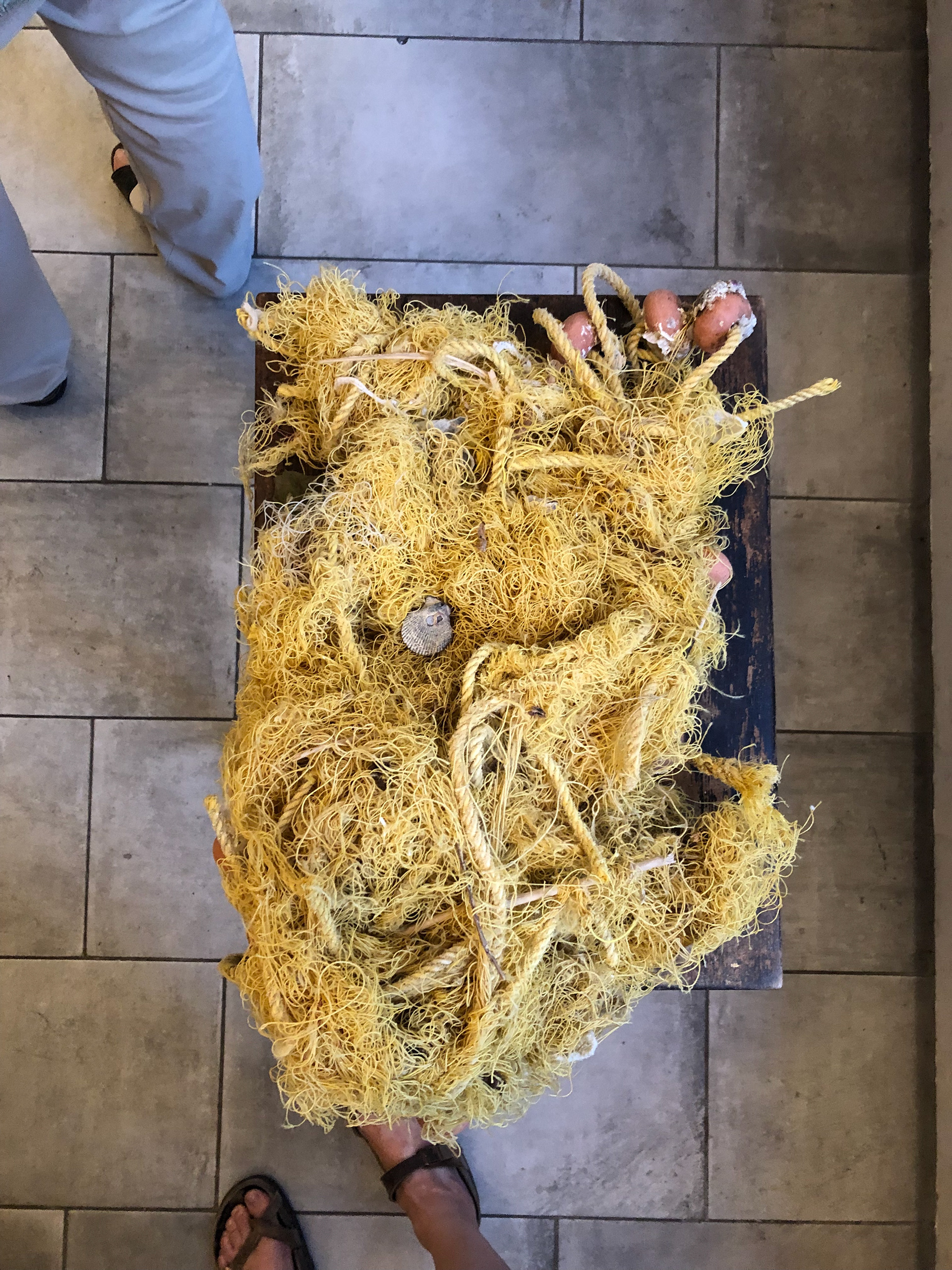
©Anna Rubi
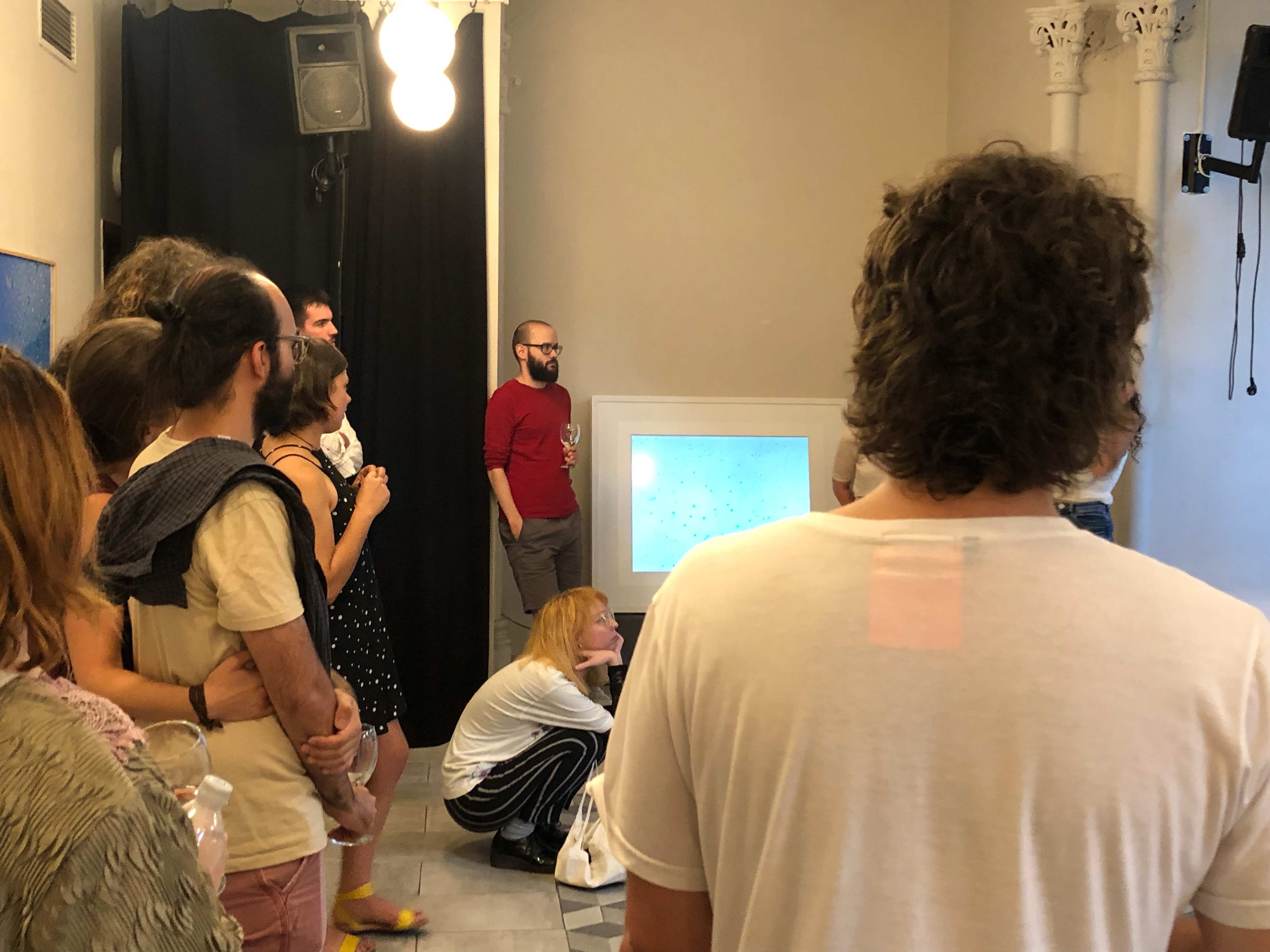
©Anna Rubi
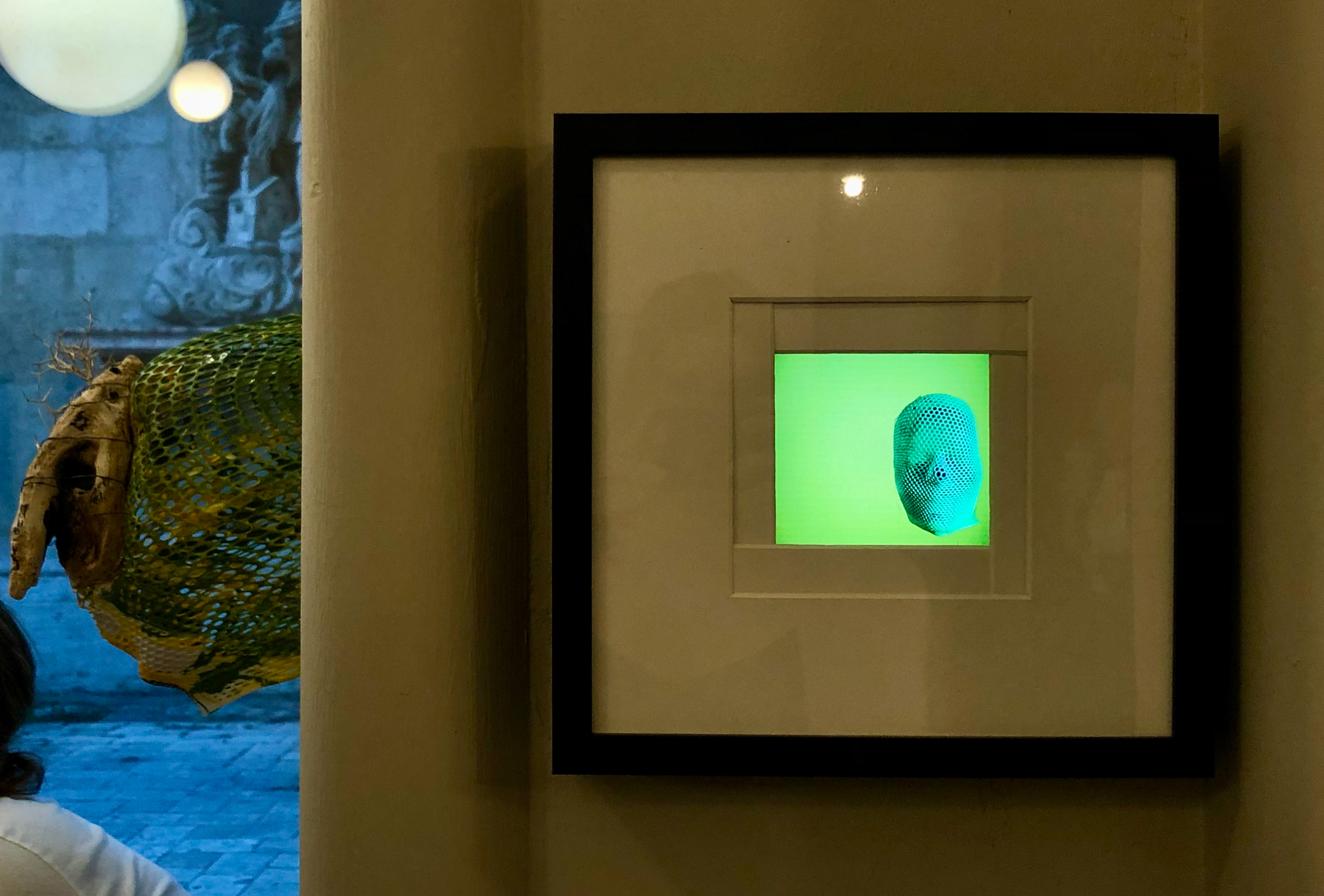
©Anna Rubi
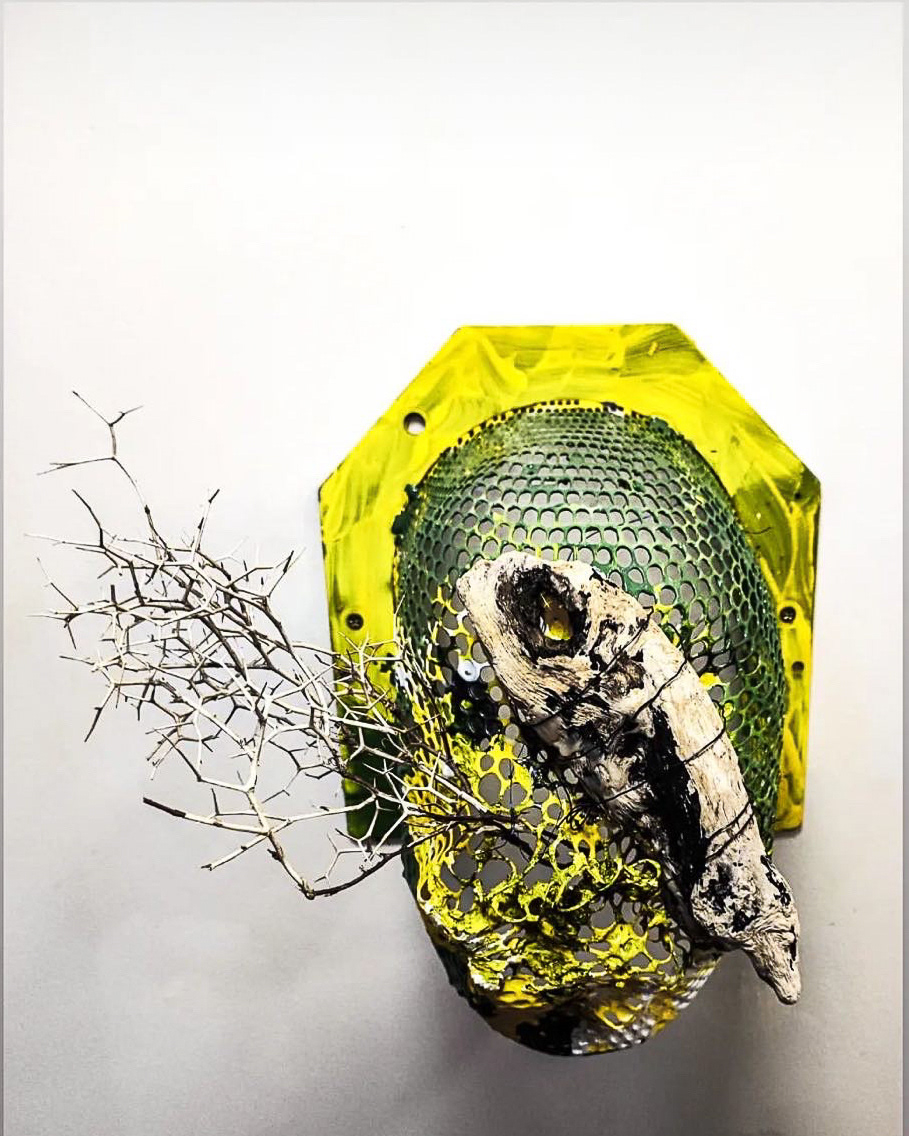
©Nagy Balint
Curator's note
EN
Bill Viola says he’s interested in the physical possibilities of the four elements that ancient Greeks believed make up everything else known to humankind – particularly fire and water – “their destructive aspects… their cathartic, purifying, transformative, and regenerative capacities”.
The destructive and at the same time constructive power of water appears in the artworks of the present duo show as well. The sea, more specifically, the Mediterranean Sea is what both exhibiting artists, Eirini Sourgiadaki and Isabel Val have found to be the catalyst of their transformation processes. Partly because it is continuously transforming itself, and partly because it is the geographical unit where they have both found their roots.
The ripple effect as well as the objects that encapsulate stories and are hidden in the sea show how vast memory a body of water has. The dynamics of remembering is built up of the same processes in humans, with time the ripple of water gets smoothened and the out-of-place objects get integrated into the world of water. The metamorphosis of a memory is coupled with the transformation of the rememberer, triggers processes that lead to irrevocable changes in them.
The artists are not linked to the Mediterranean Sea simply because of their nationalities, but also due to the fact that they belong mentally and emotionally to the same community of people with identities not strictly defined as of Europe or Africa being at the border of the two. Currently, the Mediterranean Sea carries a lot of stories that are becoming our history including those connected to climate change or those that tell the lives and deaths of people who have fled their home country. Origin and context frame individual stories, shape them and give directions in reconstructing life in the artworks of the exhibition.
HUN
Bill Violát állítása szerint a négy elem, ami az ókori görögök szerint mindennek, amit ember ismer alkotója, különösen a tűz és a víz, fizikai lehetőségei érdekli: “a pusztító jellegük…a katartikus, tisztító, átalakító és megújító erejük”.
A jelen páros kiállítás alkotásaiban a víz pusztító és egyszerre építő ereje jelenik meg. A tenger, pontosabban a Földközi-tenger az, amire mindkét kiállító művész, Eirini Sourgiadaki és Isabel Val az átalakulási folyamataik katalizátoraként tekint. Részben azért mert a tenger is folyamatos átalakulásban van, részben pedig azért mert a Földközi-tenger mindkettőjük számára földrajzi gyökerük a világban.
A víz emlékezetének nagysága mutatkozik meg a fodrozódás jelenségében és azokon tárgyakon keresztül, melyek történeteket rejtenek a tenger mélyén elbújva. Az emlékezés dinamikája hasonló folyamatokra épül az embereknél is: idővel a fodrozódás kisimul és az oda nem illő tárgyak beilleszkednek a víz világába. Az emlék metamorfózisa az emlékező átalakulásával jár, olyan folyamatokat indít el, amik visszavonhatatlan változásokat okoznak az emberben.
A művészek nem csak a nemzetiségük miatt kapcsolódnak a Földközi-tengerhez, hanem azért is, mert szellemi és érzelmi kötelékeken keresztül ugyanahoz a közösséghez tartoznak, ami Európa és Afrika határán található, így identitása se nem európai, se nem afrikai. Jelenleg, a Földközi-tenger sok olyan történetet hordoz a klímaválságról vagy azoknak a sorsáról, akik elmenekültek hazájukból, melyek történelmünket építik Az eredet és a kontextus keretezik az egyének történetét, formálják őket és irányt adnak az élet újjáépítésének a kiállítás alkotásaiban.

